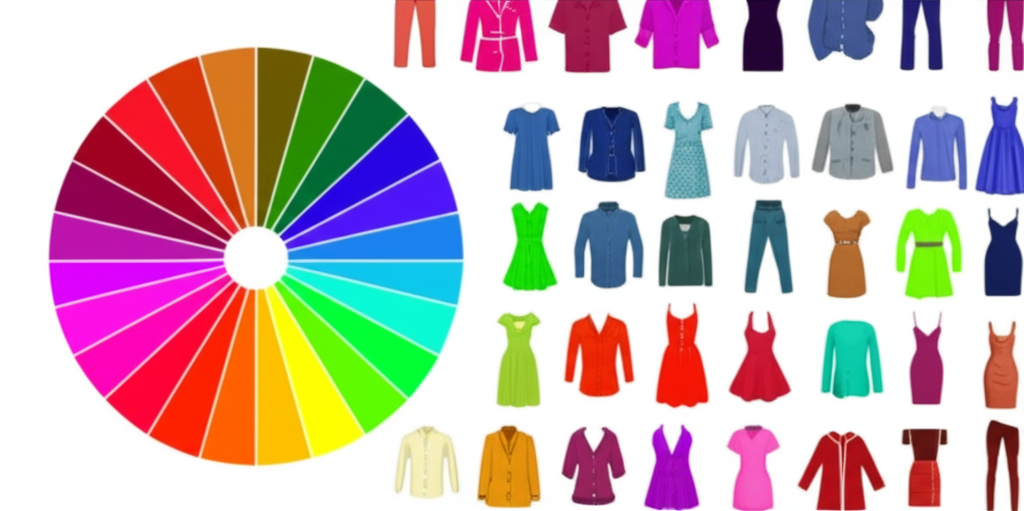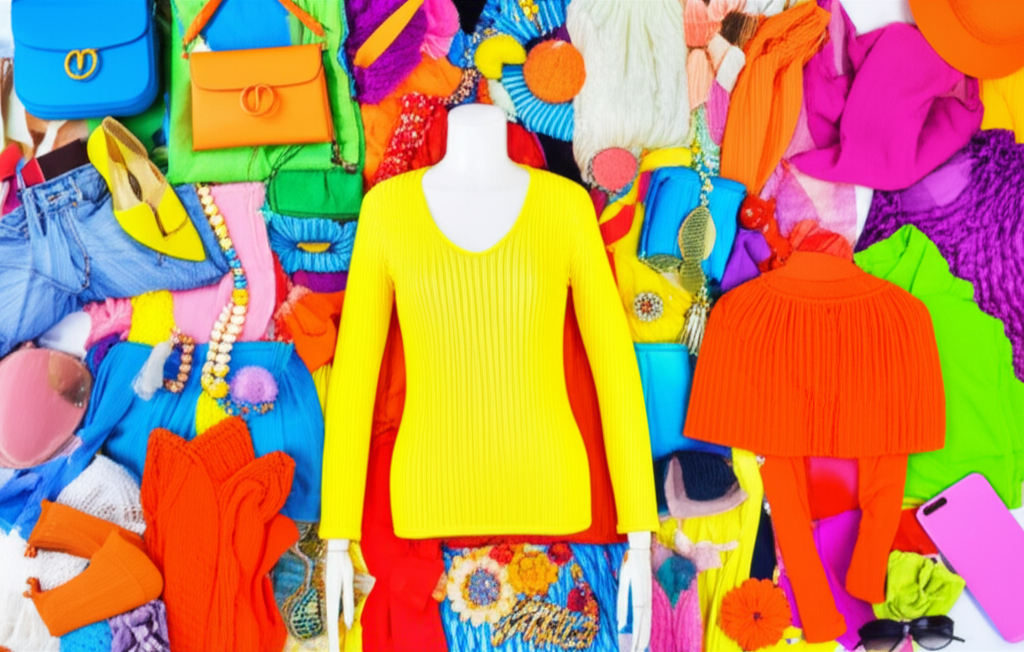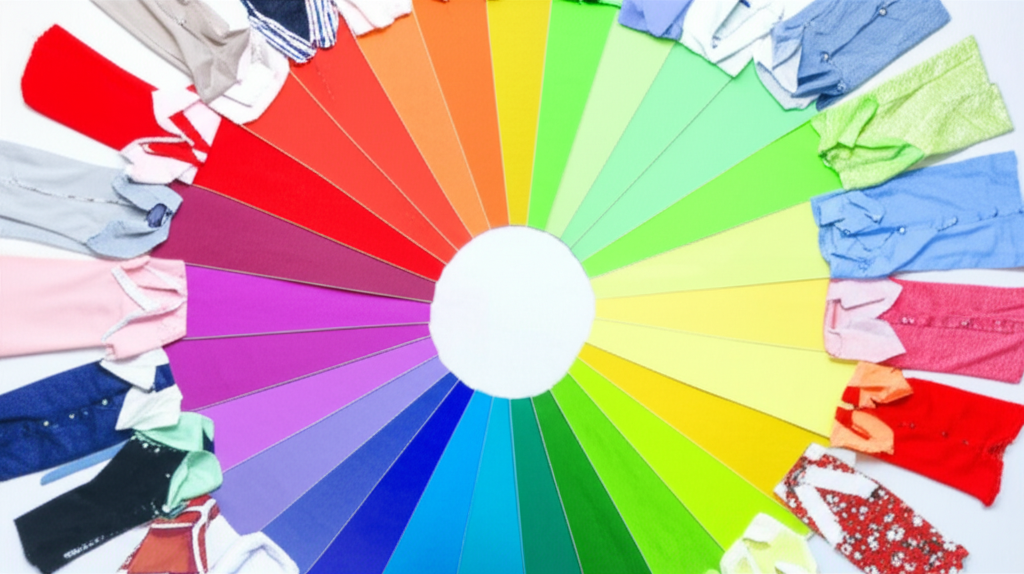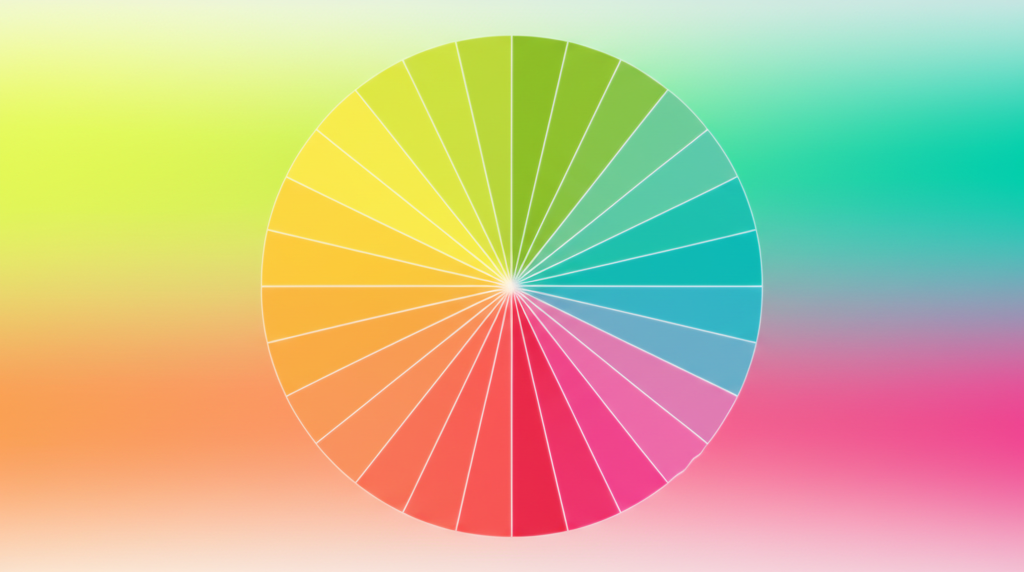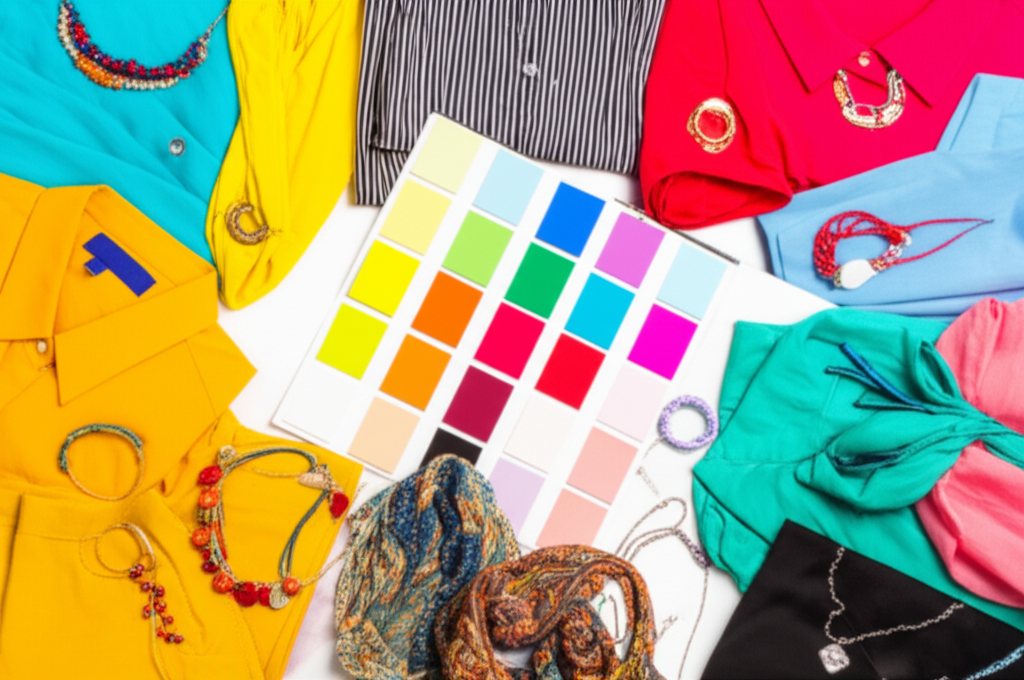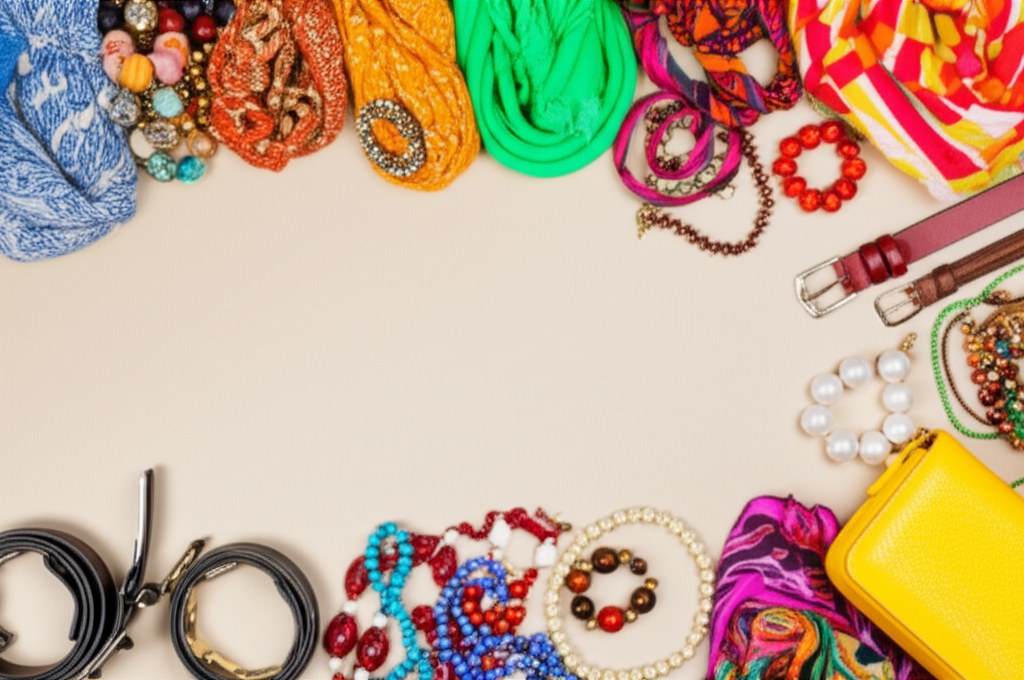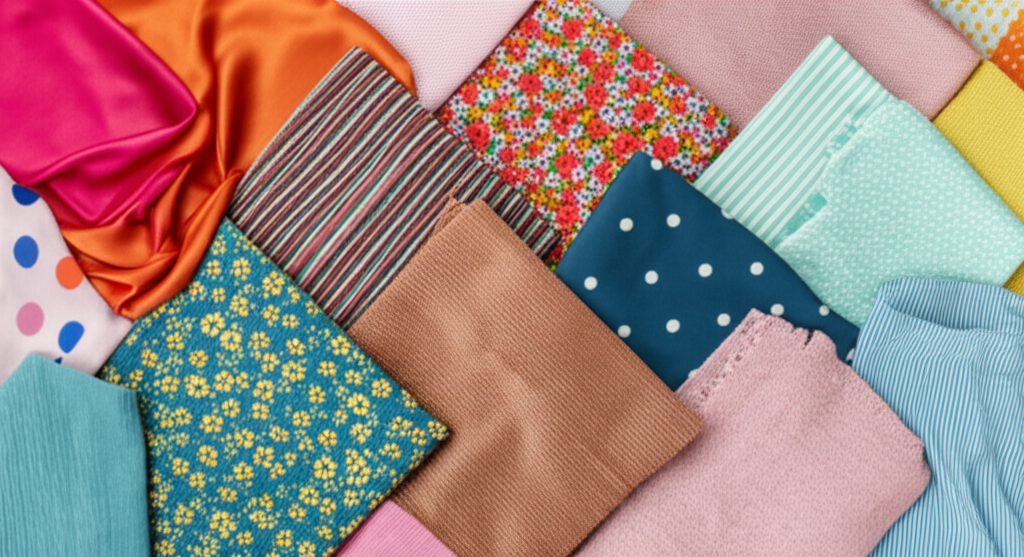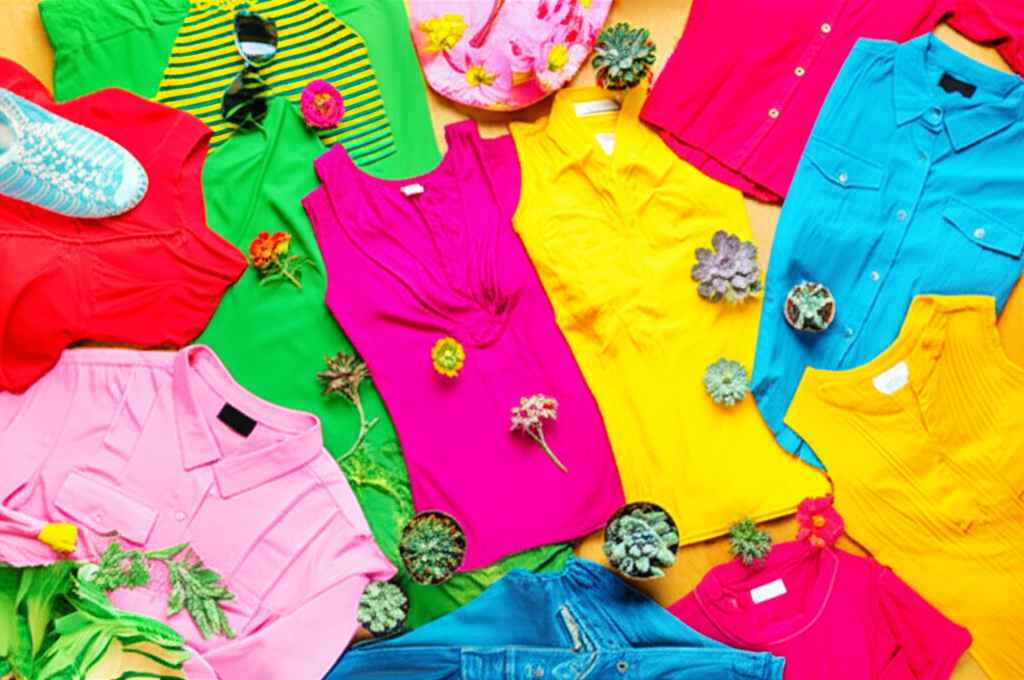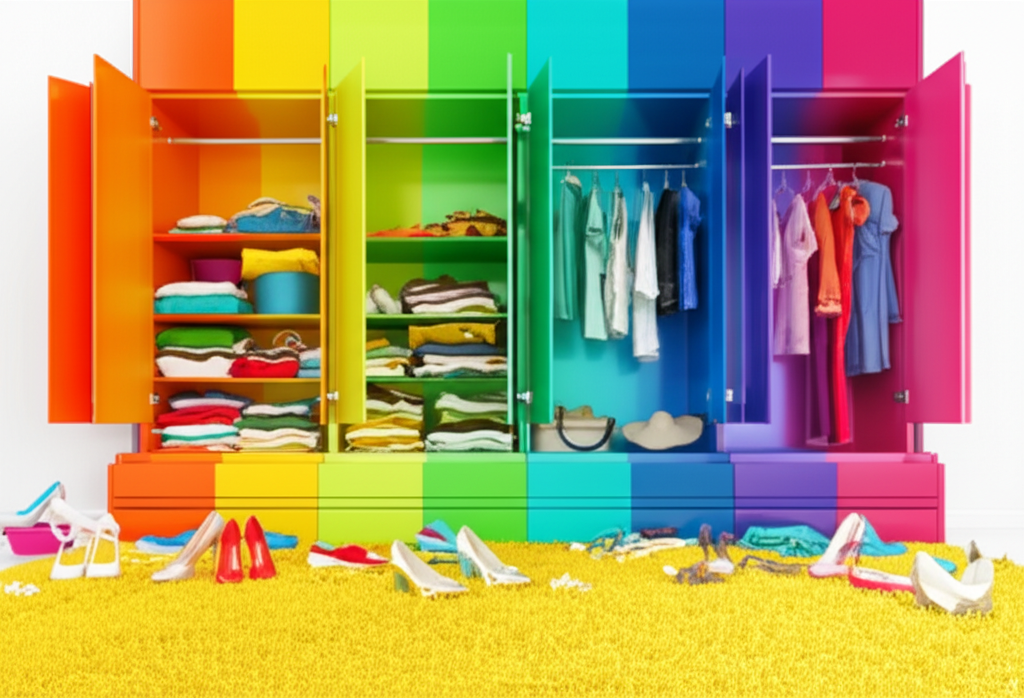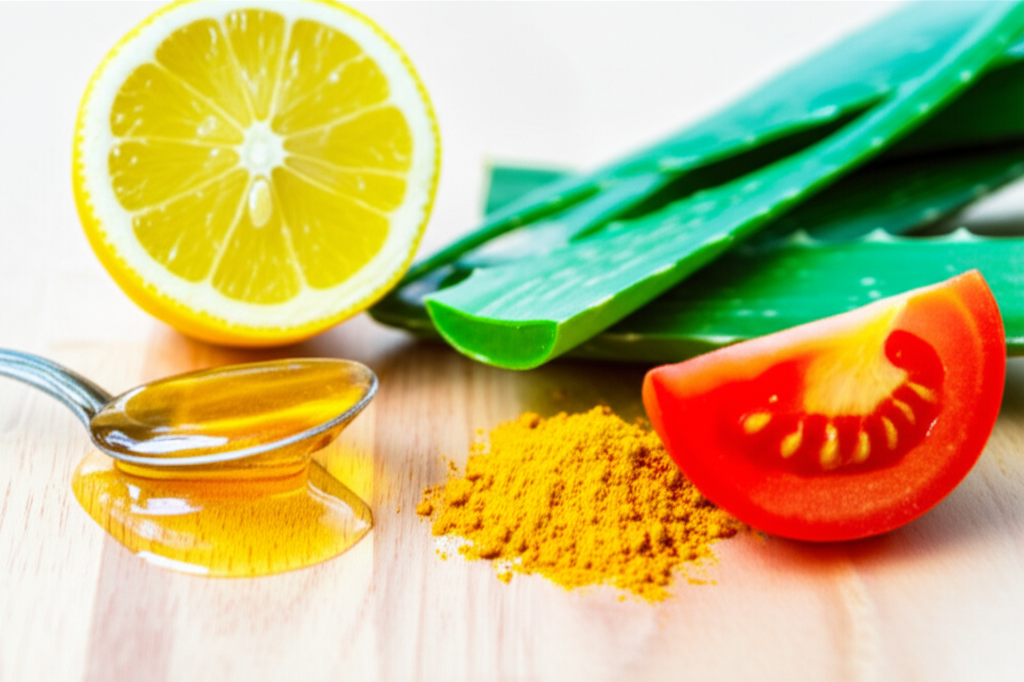Key Colors Linked to Happiness and Confidence: Unlock Your Inner Radiance
Color psychology plays a significant role in shaping our emotions and perceptions. Choosing the right colors in your wardrobe can be a powerful tool for boosting your mood and confidence. Certain shades have been consistently linked to feelings of joy, optimism, and self-assuredness. Let's explore some of these key players in the dopamine dressing game.
Yellow: This vibrant hue is undeniably associated with happiness and optimism. It evokes feelings of warmth, sunshine, and cheerfulness. Incorporating yellow into your wardrobe, whether through accessories or clothing, can instantly lift your spirits and project a positive energy.
Orange: Orange blends the energy of red with the warmth of yellow, resulting in a color that radiates enthusiasm and creativity. It's a color that encourages social interaction and self-expression. Think bold orange scarves or playful orange sweaters for a confident boost.
Pink: While often associated with femininity, pink offers a spectrum of mood-boosting possibilities. Lighter pinks provide a gentle, calming effect, while bolder shades can project confidence and assertiveness. The right pink can be surprisingly powerful in enhancing self-esteem.
Red: Red is a powerful color known for its stimulating effects. It can be associated with passion, energy, and confidence— ideal for times when you need a boost of courage or want to make a strong impression. However, use it strategically, as too much red can be overwhelming.
Green: Often linked to nature and tranquility, green can have a surprisingly positive impact on mood. It evokes feelings of calm, balance, and renewal. Incorporating shades of green into your wardrobe can promote a sense of peace and help reduce stress.
Choosing Your Happy Hues:
The effectiveness of color psychology is personal; what resonates with one person may not resonate with another. Experiment to discover which shades make you feel your best. Consider your personality, personal style, and the message you want to convey. Don't be afraid to play with different color combinations to create a wardrobe that enhances your mood and empowers you to face the world with confidence.
